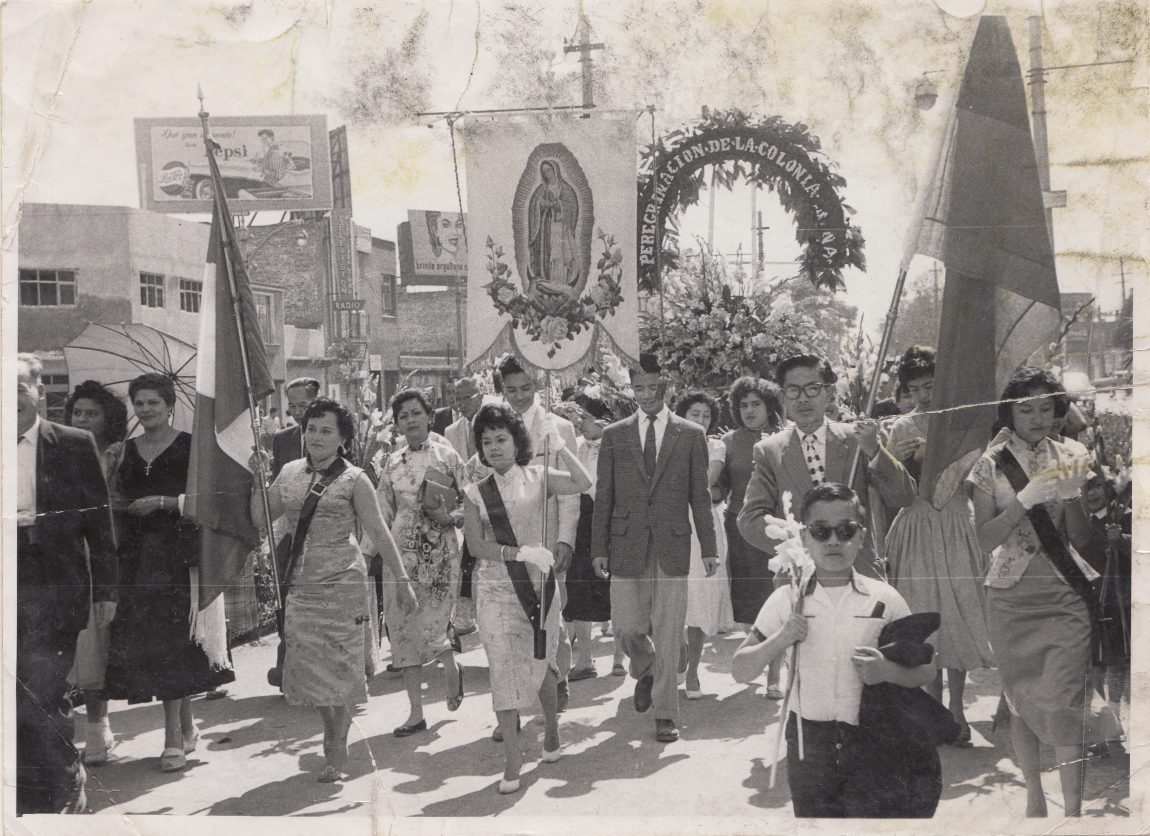DeCentering Whiteness: On Facing the Class Privilege that Exists in Mixed Race Asian Communities & BeyondPosted in Articles, Asian Diaspora, Media Archive, Social Justice, United States on 2018-02-27 01:10Z by Steven |
The Body Is Not An Apology
2018-02-15
Lisa Hofmann-Kuroda
University of California, Berkeley
 [Featured Image: A person with shoulder length black hair wearing a black t-shirt and denim stands indoors staring solemnly out of a window. Pexels.com] |
Growing up queer, mixed race, and Asian in the American south, my identity often felt like an absence of any identity at all. For a long time, I existed in a kind of limbo state, not having a language to describe myself. Until my early twenties, I was unaware that the word “mixed race” existed, much less as a term that I had the option to identify with.
Because I neither knew nor saw any other mixed race children or people around me, for a long time my sense of self was only defined as a negation: I was certainly not white, and certainly not Japanese (at least by the standards of ethnic purity that were operative within my Japanese family and community), but as to what I was, actually, no one could really say.
So it was more than a breath of fresh air—more like a sense of psychic and spiritual relief—when I learned that such a thing as a mixed race identity existed, and that it was something I could identify as, with no other qualifications or explanations. When I finally encountered a community of other mixed race people during my twenties, I felt I was able to inhabit my body and experiences more fully and comfortably…
Read the entire article here.






